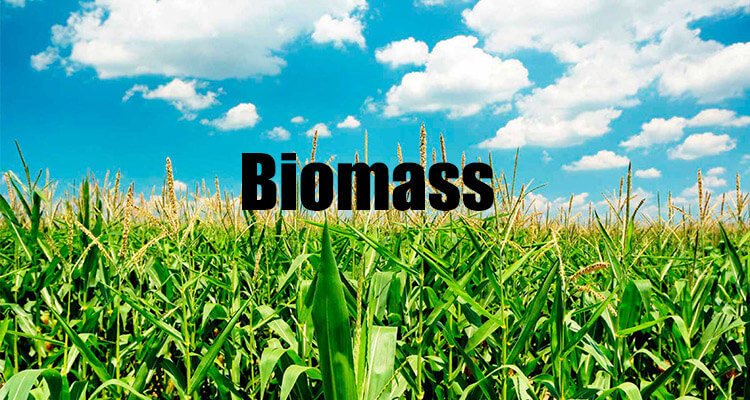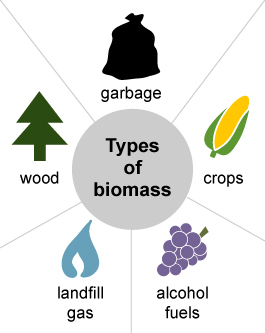
Biomass is organic material that comes from animals and plants. This renewable source of energy is attractive because it often takes waste products and turns them into energy.
How it works
Biomass is burned and the chemical energy stored from the sun is released in the form of heat. This heat is then converted into usable forms of energy. It is also, in some instances, first converted to a liquid as biofuel or biogas that is burned as a fuel source.
Current Uses
There are several different types of biomass. The main categories are displayed below:

Wood and wood processing waste is used to be burned to heat buildings, produce heat for industry production processes, and electricity generation.
Agricultural crops can be burned as a fuel or converted to liquid biofuel.
Animal manure and human sewage can be converted to biogas which can be burned as a source for fuel.
Cost
In the Pacific Northwest, the cost of biomass energy is approximated at 5.2 – 6.7 cents per kWh. The investment for biomass production is estimated at approximately 230,000 to 260,000 USD, an expensive technology at the moment.
Advantages and Disadvantages
Positives of biomass:
- It is using discarded waste materials to produce energy
- It reduces the amount of methane in the atmosphere
- Biomass reduces the need for landfills and reduces their existing environmental impact
Drawbacks to biomass:
- It takes a massive amount of biomass to produce any usable biofuel
- Burning biomass directly as a fuel produces more greenhouse gasses than can be absorbed by remaining plants
- It requires a high amount of space and water to produce biomass
Future Outlook
Biomass is an attractive waste management strategy, and although it is not predicted to be one of the leading renewable energy sources, it is a beneficial method to producing power while reducing waste byproducts.